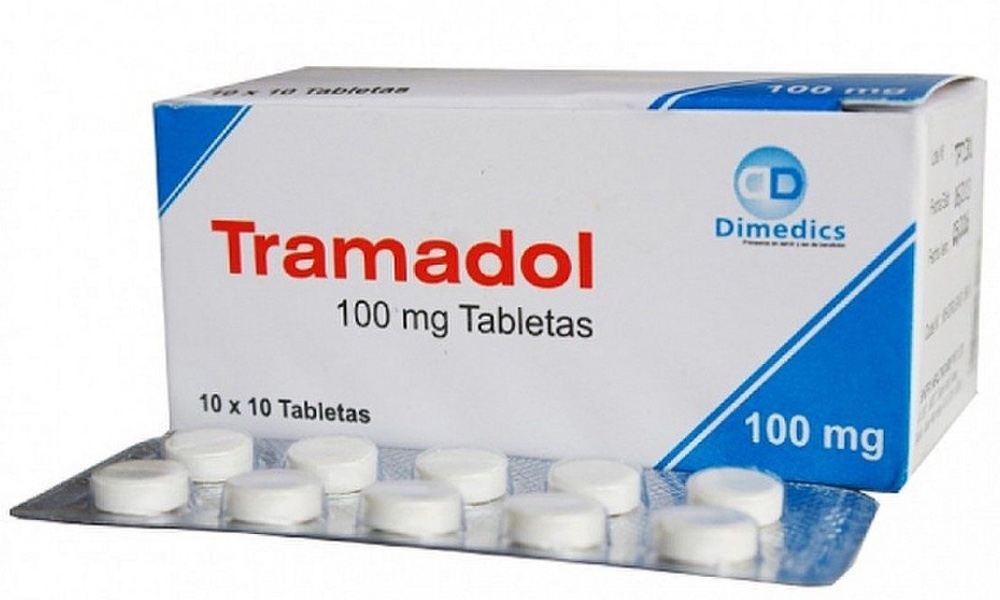For fifty years an annual Pap smear has been the gold standard of screening for cervical cancer in women. Now a federal advisory group and the nation's leading cancer organization have changed their tune. They no longer recommend that women have a Pap test each year.
The recommendations do not apply to women who are at very high risk for cancer, such as those who have been diagnosed with a high-grade precancerous cervical lesion or who have weakened immune systems.
The US Preventive Services Task Force, (USPSTF) a panel of independent experts convened by the government, and the American Cancer Society (ACS) have each released new guidelines for cervical cancer screening that recommend against routine yearly testing. Instead, the guidelines recommend testing every 3 years for women aged 21 to 65.
For women aged 30 to 65, the new guidelines recommend screening every 5 years with both a Pap smear and a test for the human papillomavirus (HPV). That recommendation is based on data showing that less frequent screening with both tests provides a comparable benefit in cancer detection to more frequent Pap testing alone. Routine screening of women younger than 21 and older than 65 is not advised under the new guidelines.
Pap testing has been responsible for a dramatic reduction in cervical cancer deaths.
The updated recommendations apply to women, regardless of sexual history, who have a cervix and show no signs or symptoms of cervical cancer. The recommendations do not apply to women who are at very high risk for cancer, such as those who have been diagnosed with a high-grade precancerous cervical lesion or who have weakened immune systems.
Both the USPSTF and ACS emphasize that Pap screening continues to be a important diagnostic tool. Since its widespread introduction, Pap testing has been responsible for a dramatic reduction in cervical cancer deaths in the United States. Among current cervical cancer deaths, most occur in women who have never been screened or who have not been screened in the last 5 years.
According to Dr. Wanda Nicholson, an ob/gyn at the University of North Carolina and a member of the USPTS, bringing those groups of women into the screening process remains an important public health objective.
The groups based their updated recommendations on research demonstrating that Pap testing every year provides little or no benefit compared to testing every 3 years, but that more frequent testing carries potential harm. False positives --Â that is, a test indicates the existence of disease when in fact none is present -- are very common and often lead to invasive testing that can produce long-term complications, including difficulties with pregnancy and delivery.
Pap testing every year provides little or no benefit compared to testing every 3 years, but that more frequent testing carries potential harm.
Debbie Saslow, ACS's director of breast and gynecologic cancer, sums it up this way: "We now know that annual screening causes more harm than good because it leads to many extra invasive procedures without increasing the number of cancers detected."
The new Pap guidelines reflect a shift in medical thinking about the advisability of frequent and routine disease screening in the general population. Recommendations advocating more limited screening for both breast and prostate cancer have also been issued within the past several years.
This new attitude reflects a growing realization that the benefits of screening healthy people may not be as great as previously believed, and that screening is not without potential risk. However, more frequent screening of vulnerable, older people for a condition such as osteoporosis can bring benefits.
Screening produces winners (those whose lives are saved) and losers (those who are subjected to unnecessary intervention). While the winners win big, they are relatively few; many more will lose.
Those risks include the possibility of false positives, as well as the detection of early-stage abnormalities that might resolve themselves over time without medical intervention. The consequences of these scenarios include unnecessary invasive testing, complications and side effects from drugs or surgery, and pain and emotional distress.Â
Dr. Gilbert Welch, a professor of medicine at Dartmouth and a well-known writer and lecturer on the subject of disease screening, frames the matter in gambling terms: Screening produces winners (those whose lives are saved) and losers (those who are subjected to unnecessary intervention). While the winners win big, they are relatively few; many more will lose.
By understanding the trade-offs inherent in screening, each person can decide, based on his or her own views, family history, and preferences about health care, what level of screening is right for them. Those who aggressively pursue health care services and believe that more information is better than less may conclude that screening is a good choice.
Those who take a minimalist or skeptical view of medical intervention can be reassured that they are not unduly risking their health. There is no one right answer for everyone. (Those who want to hear more about the pros and cons of screening can check out this interview of Dr. Welch.)
Despite the shift among clinical experts, most Americans continue to believe unquestionably in the benefit of routine annual screening. It's easy to understand why the public might overestimate the value of such tests. Even many doctors are confused about the degree of benefit conferred by screening exams and fail to advise patients correctly.
For example, when asked in a recent survey to choose between two tests of different hypothetical benefit, nearly all of the physician respondents chose the one that was less meaningful in terms of saving lives. Other research has shown that many doctors continue to perform screening more often than recommended.
One recent study found that breast cancer screening resulted in a rate of over-diagnosis of 18-25%. This points to a need for more physician education, but also highlights the importance among patients of becoming better informed about why, when and for whom screening makes the most sense.
The idea of annual screenings is alluring: Have a test, find disease and treat it early. But this is too simplistic. Although there's no doubt that screening is advisable in certain situations, the correlation between routine screening for everyone and subsequent health benefit is not cut and dried. The medical establishment has begun to recognize the limitations of screening. Health care consumers should take note as well.




